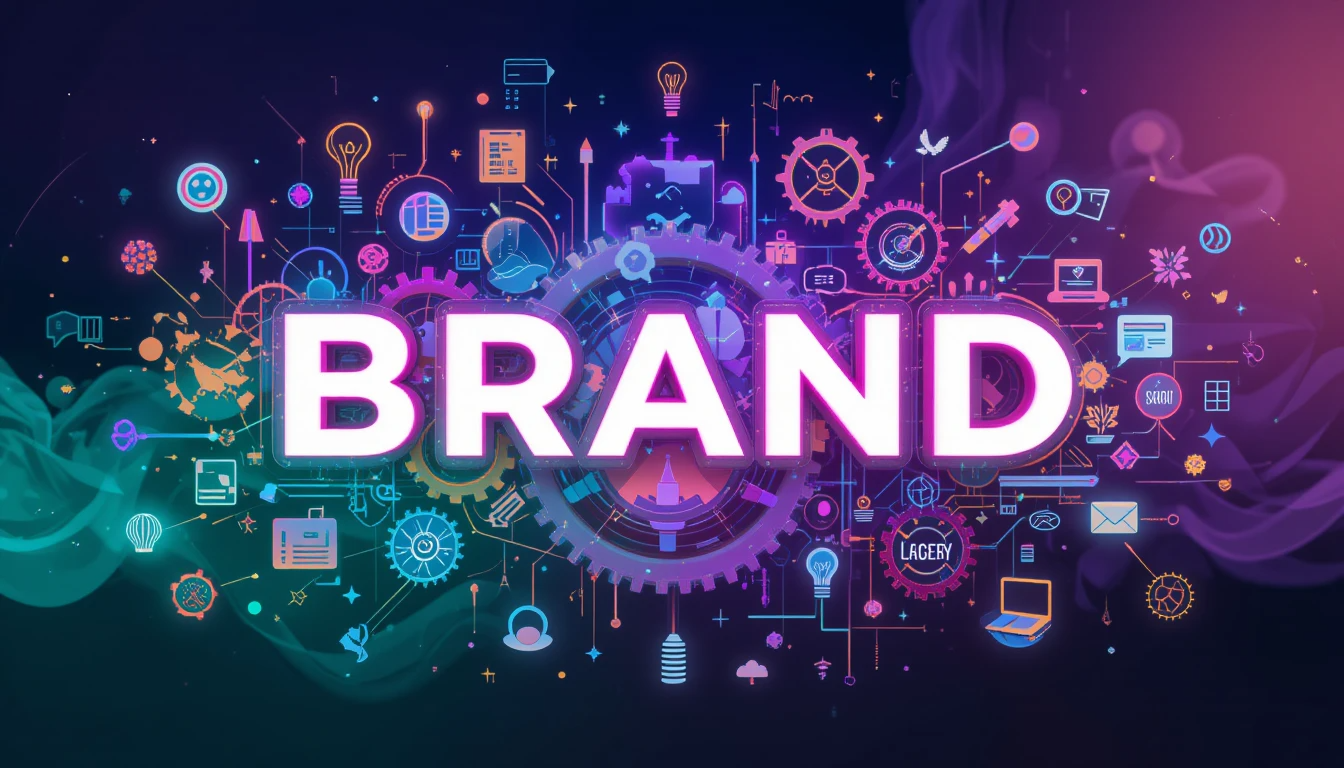Now Reading: Build Storytelling Mastery: Inspire and Engage Your Audience
-
01
Build Storytelling Mastery: Inspire and Engage Your Audience

Build Storytelling Mastery: Inspire and Engage Your Audience
Introduction
Great storytelling is both an art and a science: it captivates attention, forges emotional bonds, and drives people to act. Whether you’re pitching a product, leading a team, or sharing a mission, storytelling mastery equips you to move audiences from passive listening to active engagement. In this comprehensive guide, we explore the essential elements of powerful storytelling—from crafting a magnetic hook to weaving relatable conflict and resolution—so you can inspire and engage any audience.
1. Know Your Audience Inside Out
Effective storytelling begins with empathy. You must understand your audience’s hopes, fears, values, and aspirations. Conduct research to uncover:
- Demographics: Age, location, profession, cultural background
- Psychographics: Pain points, motivators, emotional triggers
- Context: Preferred channels, content formats, attention span
Armed with these insights, tailor your narrative tone, complexity, and examples to resonate deeply. For guided audience profiling exercises, consult the Storytelling Blueprint which offers structured worksheets to map your audience’s emotional drivers.
2. Craft a Compelling Hook
A powerful hook seizes attention within seconds. Use techniques such as:
- Startling Fact or Statistic: “Did you know 95% of people quit on their New Year’s resolutions by February?”
- Intriguing Question: “What if your first failure was the secret to lasting success?”
- Vivid Scene: “Picture a lone firefighter racing into a burning building…”
Your hook should promise value—emotional insight, practical tips, or a surprising revelation—so the audience remains eager to hear what comes next. To align your hook with brand tone, review the Brand Identity Essentials for guidance on matching narrative style to visual identity.
3. Structure Your Story for Maximum Impact
Classic narrative structure provides clarity and momentum. Follow the three-act framework:
- Beginning (Setup): Introduce characters, setting, and the central theme or problem.
- Middle (Conflict): Escalate tension with obstacles, setbacks, or moral dilemmas.
- End (Resolution): Deliver transformation, lessons learned, or a clear call to action.
Within this arc, employ micro-structures like the Before–After–Bridge (BAB) to spotlight transformation: “Before: scattered marketing efforts. After: a unified, high-converting funnel. Bridge: adopt these three storytelling techniques.”
4. Use Vivid Details and Sensory Language
Paint scenes in your audience’s mind with sensory-rich descriptions. Rather than “the room was cold,” say “a brisk draft whispered through cracked windows, sending shivers down my spine.” Such details evoke emotions and strengthen memory retention. Balance description with pacing—too much detail can bog down momentum, so filter for the most evocative imagery. To extend engagement beyond your story, consider loyalty tactics outlined in the Customer Loyalty Program Guide, which uses narrative hooks to deepen customer relationships.
5. Incorporate Relatable Characters
Characters drive empathy. Make them multidimensional by revealing:
- Flaws and Vulnerabilities: Imperfections forge connections.
- Goals and Desires: Aspirations your audience shares.
- Inner Conflict: Tensions between values and actions.
Use real customer stories or composite personas to illustrate challenges and victories. Embedding short testimonials deepens credibility and emotional resonance.
6. Leverage Emotional Triggers
Emotions catalyze action. Six primary emotions—happiness, surprise, fear, sadness, anger, disgust—can be strategically woven into narratives. For example:
- Surprise: Reveal an unexpected twist in market data.
- Fear: Highlight risks of inaction.
- Joy: Share uplifting success anecdotes.
Blend emotional peaks and valleys to maintain engagement and drive home key messages.
7. Embed Interactive Elements
Interactive storytelling boosts engagement by making audiences participants, not spectators. Techniques include:
- Polls and Quizzes: Gauge opinions mid-story (“Which outcome resonates with you?”)
- Branching Narratives: Offer choices that lead down different story paths.
- Live Q&A or Chat Prompts: Invite real-time feedback during presentations.
These elements increase retention and create a shared journey.
8. Maintain Clarity and Conciseness
While rich details matter, clarity is paramount. Keep sentences under 20 words when possible, and trim extraneous information. Focus each story beat on advancing the narrative or illustrating a lesson. Use transition words—“however,” “meanwhile,” “therefore”—to guide audiences smoothly between ideas.
9. Practice and Seek Feedback
Storytelling mastery requires rehearsal and iteration. Practice aloud, record yourself, and solicit feedback from trusted peers. Focus on pacing, tone modulation, and non-verbal cues. Adjust based on audience reactions—did their eyes light up at the climax? Did they appear confused during transitions? Continuous refinement sharpens your delivery.
10. Tie Stories to Clear Calls to Action
Every effective story culminates in a clear next step. Whether you want audiences to subscribe, share feedback, purchase, or volunteer, anchor your narrative with:
- Simple, Direct Language: “Download the free guide now.”
- Compelling Incentive: “Join our community to unlock exclusive insights.”
- Social Proof: “Over 10,000 marketers have implemented these techniques.”
By linking emotional resonance with actionable requests, you convert inspiration into engagement.
Conclusion
Mastering storytelling transforms you from a mere presenter into an impactful communicator capable of inspiring action. By deeply understanding your audience, crafting magnetic hooks, structuring narratives for maximum impact, and weaving in emotion and interactivity, you create memorable experiences that drive engagement and loyalty. Begin applying these storytelling mastery techniques today, and watch your messages resonate long after you’ve finished speaking.
References
- 11 Strategies to Tell a Good Story – https://www.betterup.com/blog/how-to-be-a-good-storyteller
- Art of Storytelling: Techniques to Engage Your Audience – https://www.teleprompter.com/blog/art-of-storytelling
- Storytelling in Content Marketing: The Ultimate Toolkit – https://nytlicensing.com/latest/marketing/storytelling-content-marketing/
- 10 Rules for Great Storytelling – https://www.indeed.com/career-advice/career-development/great-storytelling
- 10 Brand Storytelling Techniques to Boost Audience Engagement – https://storychief.io/blog/brand-storytelling-techniques-audience-engagement
- Storytelling Methods That Actually Work – https://storykit.io/blog/storytelling-methods-how-to-tell-stories-in-marketing-that-actually-work
- How to Tell Imaginative Stories to Captivate Your Target Audience – https://blog.hubspot.com/marketing/storytelling
















Buka Akun Binance
Thank you for your sharing. I am worried that I lack creative ideas. It is your article that makes me full of hope. Thank you. But, I have a question, can you help me?
Shashi M.
Thank you for the thoughtful note—your message reflects a strong growth mindset, and that alone is a powerful catalyst for innovation. I’m glad the article helped spark new optimism and creative momentum.
Please feel free to share your question. I’m here to provide clarity, remove roadblocks, and help you operationalize your ideas with confidence.